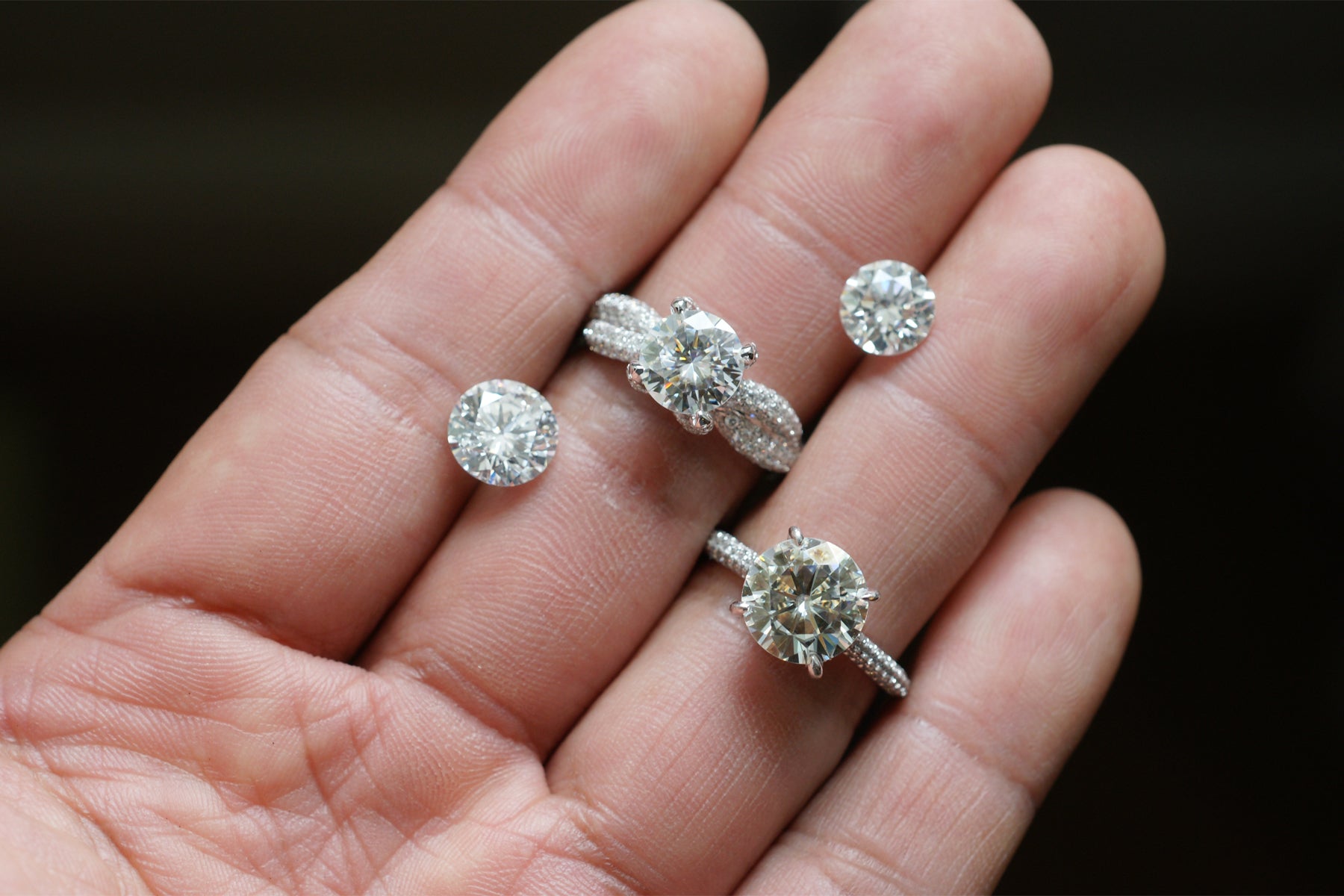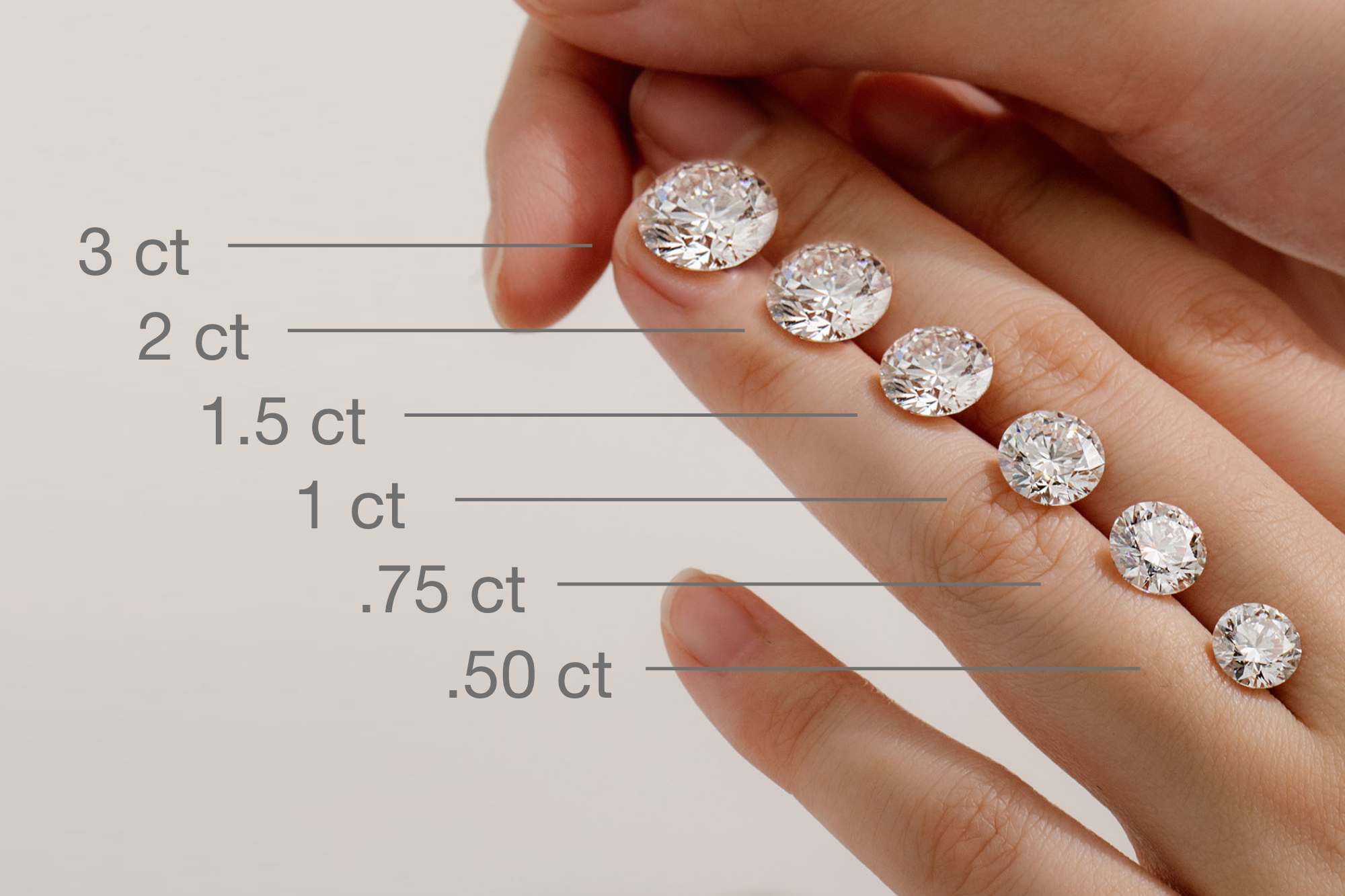White Sapphire vs. Diamond: Lab-Created Diamonds
In the realm of fine jewelry, white sapphire vs diamond often find themselves in comparison due to their striking visual similarities and distinct differences. Each gemstone offers unique characteristics that cater to various preferences and budgets. In this comprehensive guide, we will delve into the intricacies of these two gemstones, exploring their properties, benefits, and the reasons one might be preferred over the other.
1. Understanding White Sapphires
Definition and Composition
A white sapphire is a colorless variety of sapphire, composed primarily of aluminum oxide (Al2O3). Unlike diamonds, which are composed of carbon atoms, sapphires are crystalline forms of aluminum oxide. This fundamental difference in composition gives sapphires their unique properties, even though they share a similar appearance to diamonds.
Physical Properties
White sapphires are known for their hardness, rated at 9 on the Mohs scale. This places them just below diamonds, which score a 10. Although they are incredibly durable and resistant to scratches, they are not as hard as diamonds. Their clarity and brilliance can be enhanced through proper cutting and polishing techniques.
Aesthetic Appeal
White sapphires offer a brilliant sparkle, though it is generally less intense than that of diamonds. Their colorlessness allows them to reflect light beautifully, making them an appealing choice for various types of jewelry. However, their brilliance can be overshadowed by the superior sparkle of diamonds.
2. Exploring Lab-Created Diamonds
Definition and Creation
Lab-created diamonds, also known as synthetic diamonds or man-made diamonds, are real diamonds created in a laboratory setting. They are composed of carbon atoms arranged in a crystalline structure, identical to natural diamonds. The creation process involves either High Pressure High Temperature (HPHT) or Chemical Vapor Deposition (CVD) methods, both of which mimic the natural formation conditions of diamonds.
Physical Properties
Lab-created diamonds exhibit the same hardness and brilliance as natural diamonds, with a Mohs scale rating of 10. They possess the same physical and chemical properties as their natural counterparts, ensuring they are equally durable and stunning. Their optical properties can be finely tuned to achieve a superior sparkle that is often more intense than that of white sapphires.
Aesthetic Appeal
The brilliance and fire of lab-created diamonds are generally superior to that of white sapphires. Due to their ability to refract light more effectively, lab-created diamonds often exhibit a more dazzling and vibrant sparkle. This heightened brilliance makes them a popular choice for high-end jewelry pieces, including engagement rings and luxury accessories.
3. Comparing Cost and Value
Price Points
One of the most significant differences between white sapphires and lab-created diamonds is their price. White sapphires are typically more affordable than lab-created diamonds. The cost of white sapphires is influenced by their size, quality, and the intricacy of the setting. In contrast, lab-created diamonds, despite being less expensive than natural diamonds, still come with a higher price tag compared to sapphires due to their complex creation process and the technology involved.
Value for Money
While white sapphires offer a more budget-friendly option, lab-created diamonds provide exceptional value for money due to their superior durability, brilliance, and authenticity as real diamonds. For those seeking the ultimate sparkle and longevity in their jewelry, lab-created diamonds present a compelling choice.
4. Environmental and Ethical Considerations
Sustainability
Both white sapphires and lab created diamonds offer more sustainable and ethical alternatives compared to natural diamonds. The mining of natural diamonds can have significant environmental and ethical implications, whereas lab-created diamonds are produced with minimal environmental impact. White sapphires, being a gemstone that can be sourced responsibly, also contribute to a more sustainable jewelry market.
Ethical Sourcing
Lab-created diamonds are often seen as a more ethical choice because they are produced without the social and environmental issues associated with traditional diamond mining. White sapphires, if sourced from reputable suppliers, can also be considered an ethical option.
5. Choosing the Right Gemstone
Personal Preferences
The choice between a white sapphire and a lab-created diamond often comes down to personal preference. Those who prioritize budget may find white sapphires to be a more attractive option, while individuals who seek the superior sparkle and authenticity of diamonds may lean towards lab-created diamonds.
Jewelry Types and Settings
The type of jewelry and setting can also influence the decision. For high-end pieces and engagement rings, lab-created diamonds might be preferred due to their enhanced brilliance and durability. White sapphires, on the other hand, are versatile and can be beautifully incorporated into various types of jewelry, offering an elegant and cost-effective alternative.
6. Conclusion
In summary, both white sapphires and lab-created diamonds offer unique benefits and appeal. White sapphires provide an affordable and aesthetically pleasing option, while lab-created diamonds offer unparalleled brilliance and authenticity. The decision between the two will ultimately depend on individual preferences, budget, and the specific requirements of the jewelry piece.

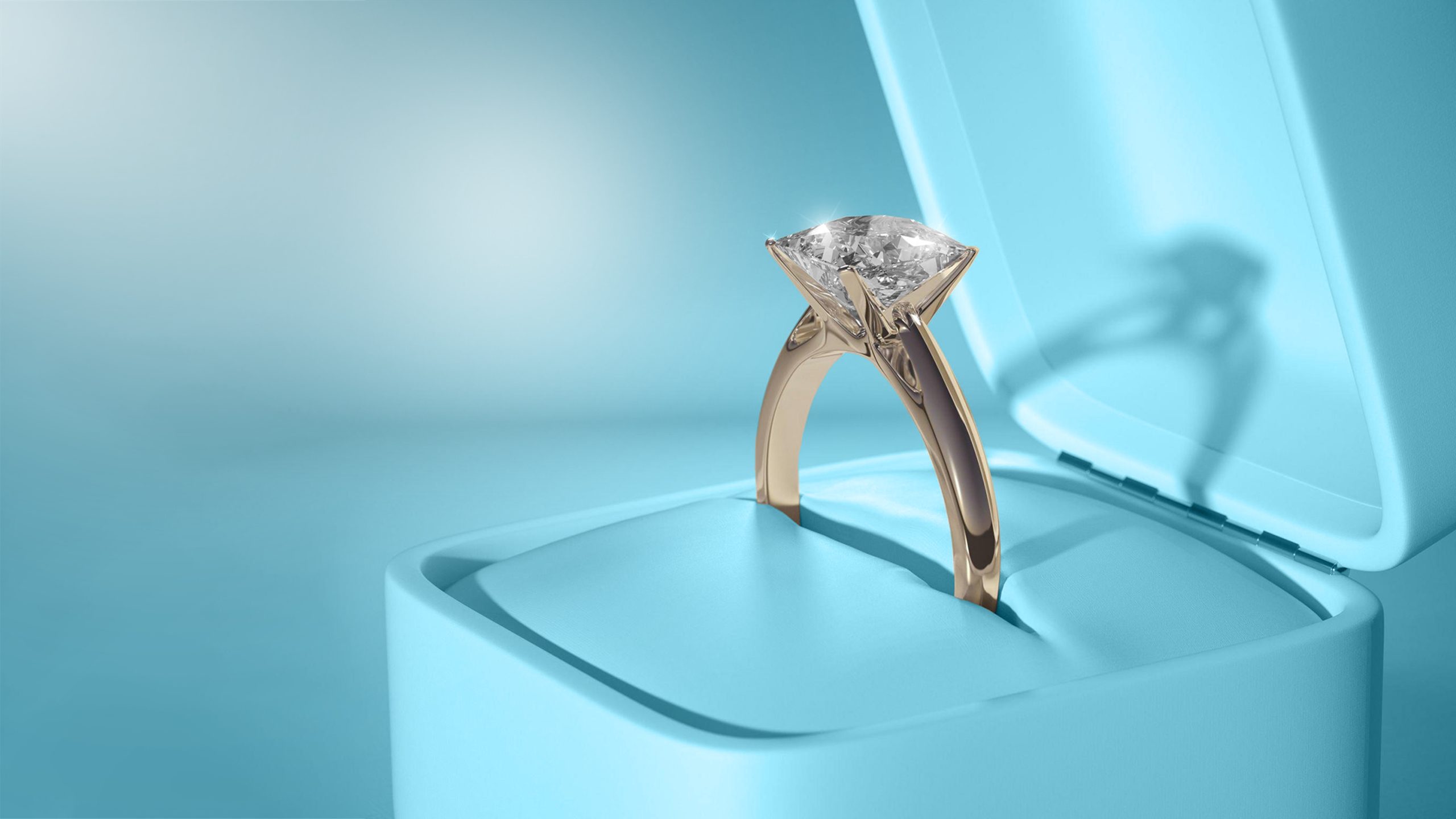




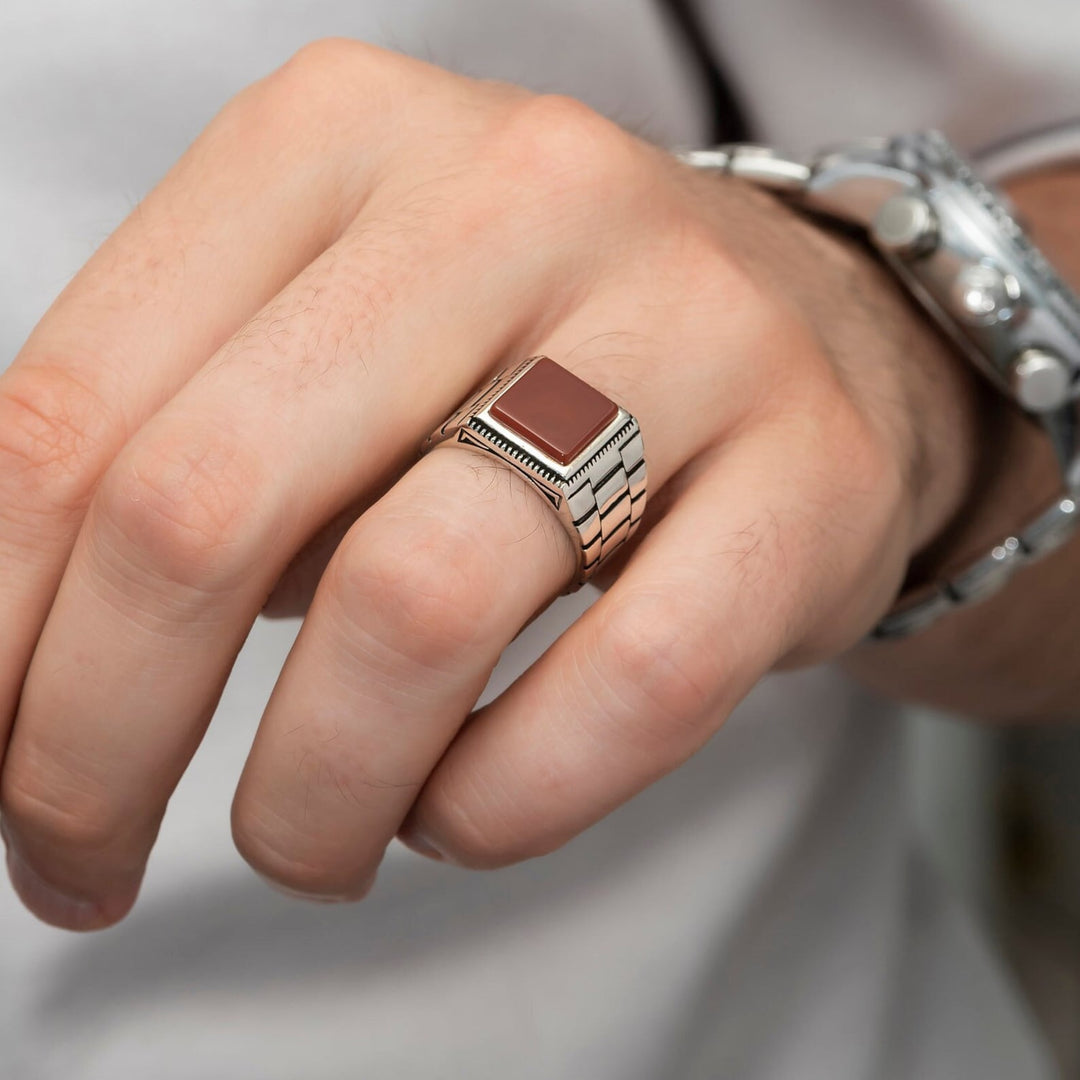
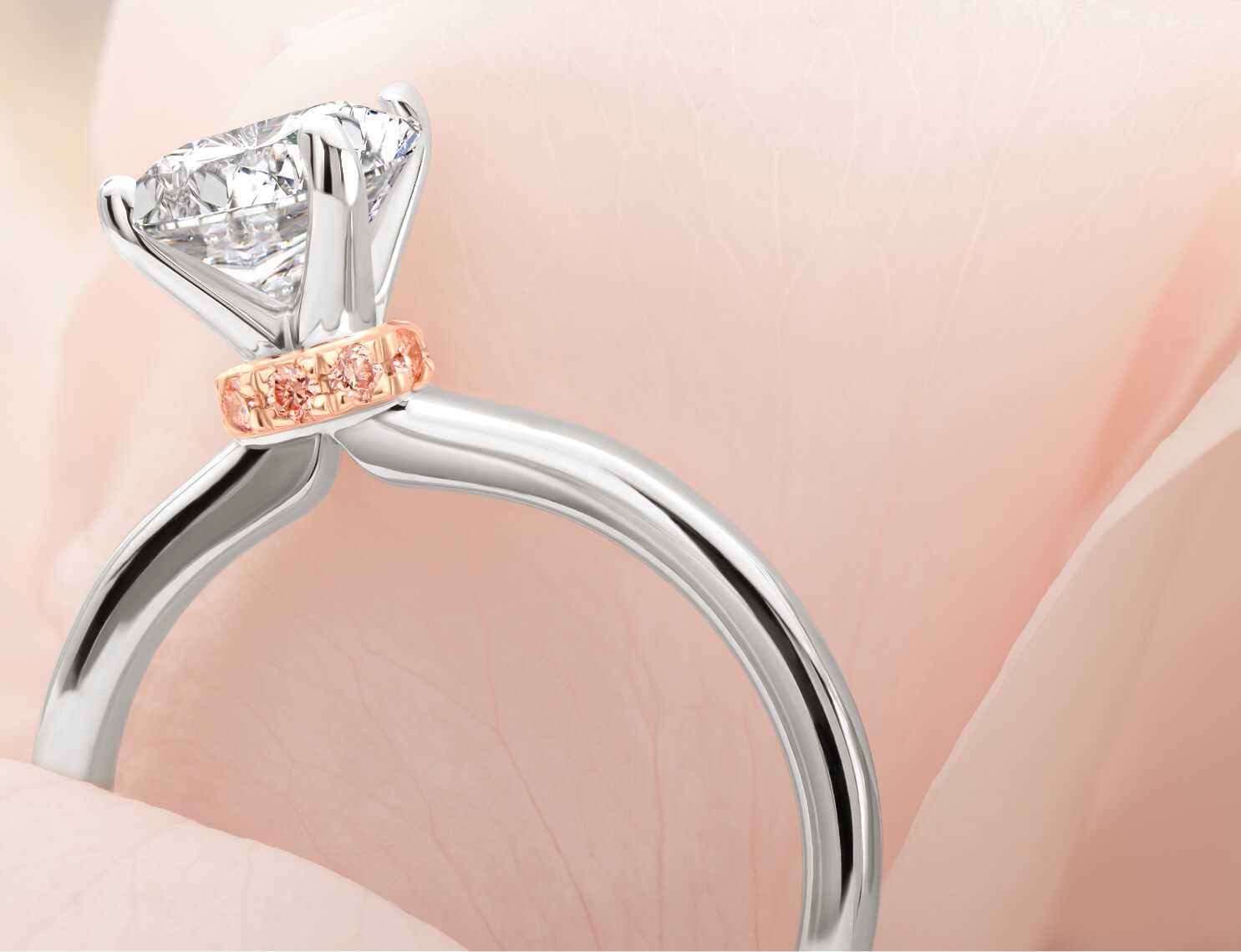

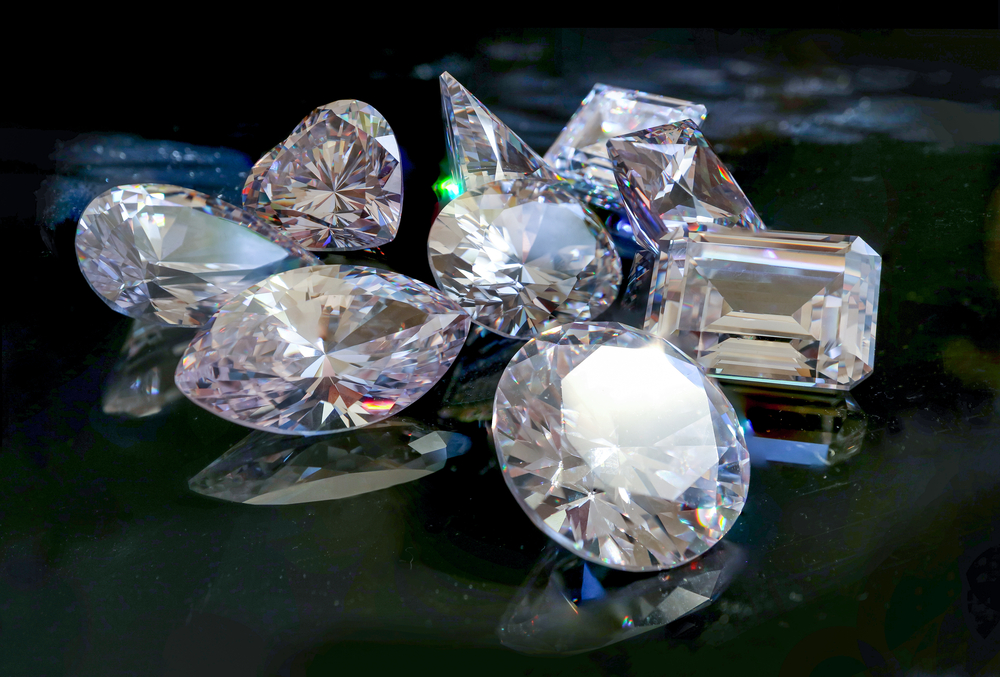

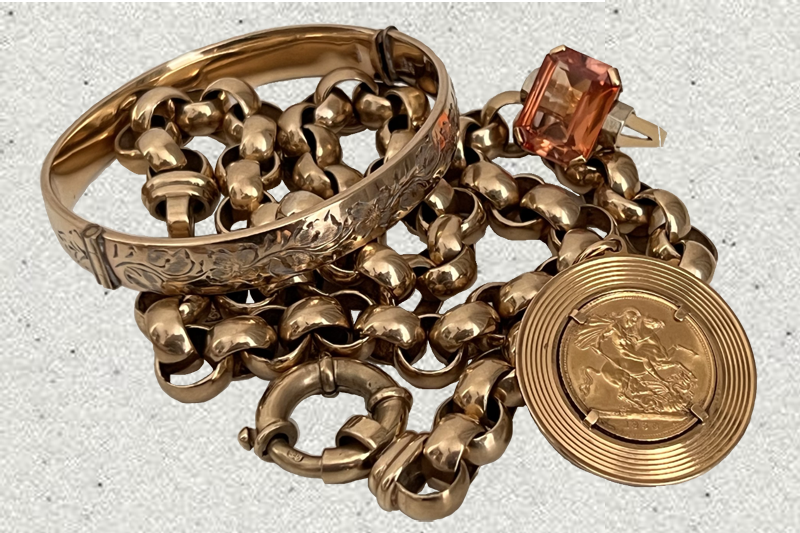
:max_bytes(150000):strip_icc()/labgrownlede-2b7540f7f7404558a08f1a555862f3d3.jpg)


:max_bytes(150000):strip_icc()/lab-grown-diamond-engagement-rings-composite-2-0423-13b76c68392444f382764bee3be76d31.jpg)
